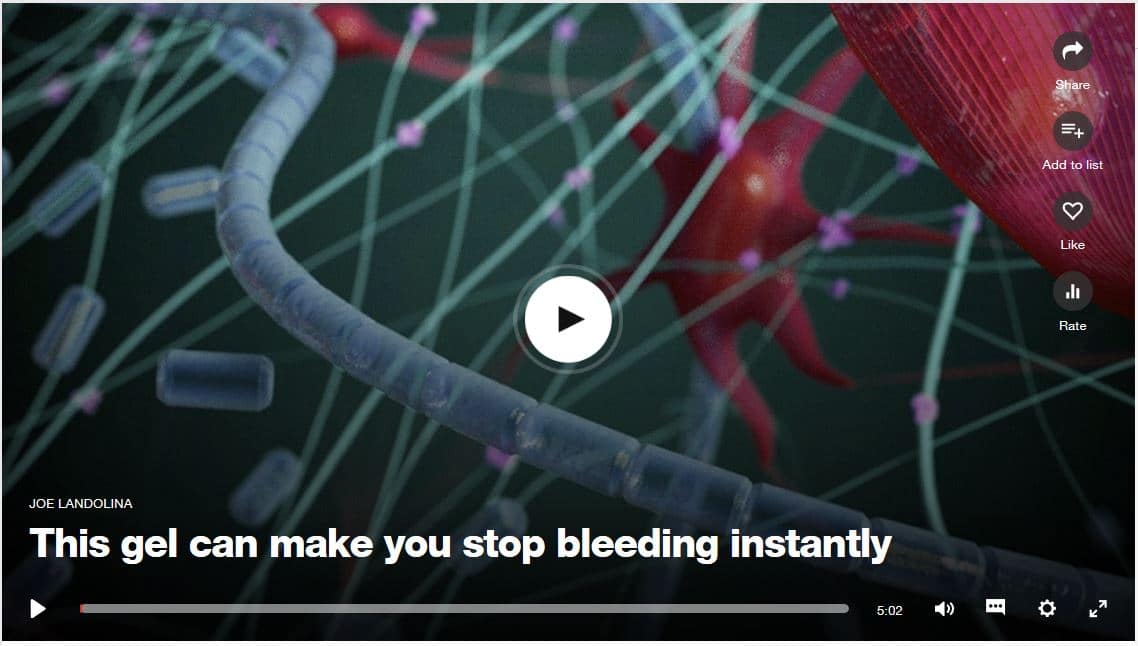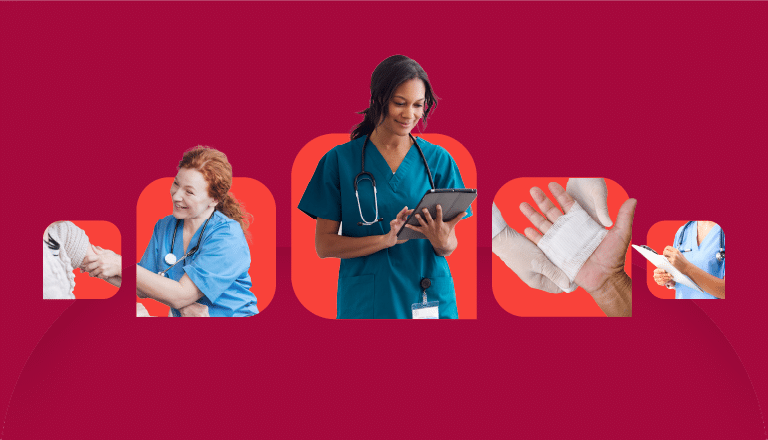Whether you’ve got an extensive history in wound care management or your new to the field – there are always new information, treatments, and methods being investigated. Here’s a resource to for Ted Talks that have some interesting points of view on wound care and issues closely related.
1) Joe Landolina: This gel can make you stop bleeding instantly
2) Sarthak Sinha – How a Wound Heals Itself
3) Romona Pierson – An Unexpected Place of Healing
4. Sarah Hallberg – Reversing Type 2 Diabetes Starts with Ignoring the Guidelines






